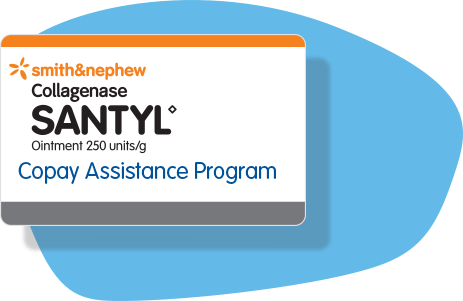

Advise patients to report new onset or worsening joint symptoms. Patients with Co-morbid Asthma: Advise patients with atopic dermatitis or CRSwNP who have co-morbid asthma not to adjust or stop their asthma treatments without consultation with their physicians.Īrthralgia: Arthralgia has been reported with the use of DUPIXENT with some patients reporting gait disturbances or decreased mobility associated with joint symptoms some cases resulted in hospitalization.

Reduction in corticosteroid dose may be associated with systemic withdrawal symptoms and/or unmask conditions previously suppressed by systemic corticosteroid therapy. Reductions in corticosteroid dose, if appropriate, should be gradual and performed under the direct supervision of a healthcare provider. Risk Associated with Abrupt Reduction of Corticosteroid Dosage: Do not discontinue systemic, topical, or inhaled corticosteroids abruptly upon initiation of DUPIXENT. Patients should seek medical advice if their asthma remains uncontrolled or worsens after initiation of DUPIXENT. A causal association between DUPIXENT and these conditions has not been established.Īcute Asthma Symptoms or Deteriorating Disease: Do not use DUPIXENT to treat acute asthma symptoms, acute exacerbations, acute bronchospasm or status asthmaticus. Cases of eosinophilic pneumonia were reported in adult subjects who participated in the asthma development program and cases of vasculitis consistent with EGPA have been reported with DUPIXENT in adult subjects who participated in the asthma development program as well as in adult subjects with co-morbid asthma in the CRSwNP development program. Healthcare providers should be alert to vasculitic rash, worsening pulmonary symptoms, cardiac complications, and/or neuropathy presenting in their patients with eosinophilia. These events may be associated with the reduction of oral corticosteroid therapy. Consider ophthalmological examination for patients who develop conjunctivitis that does not resolve following standard treatment or signs and symptoms suggestive of keratitis, as appropriate.Įosinophilic Conditions: Patients being treated for asthma may present with serious systemic eosinophilia sometimes presenting with clinical features of eosinophilic pneumonia or vasculitis consistent with eosinophilic granulomatosis with polyangiitis (EGPA), conditions which are often treated with systemic corticosteroid therapy. Advise patients to report new onset or worsening eye symptoms to their healthcare provider. Some patients reported visual disturbances (e.g., blurred vision) associated with conjunctivitis or keratitis. Conjunctivitis and keratitis have been reported with DUPIXENT in postmarketing settings, predominantly in atopic dermatitis patients. Conjunctivitis also occurred more frequently in chronic rhinosinusitis with nasal polyposis subjects who received DUPIXENT compared to those who received placebo. If a clinically significant hypersensitivity reaction occurs, institute appropriate therapy and discontinue DUPIXENT.Ĭonjunctivitis and Keratitis: Conjunctivitis and keratitis occurred more frequently in atopic dermatitis subjects who received DUPIXENT versus placebo, with conjunctivitis being the most frequently reported eye disorder. Hypersensitivity: Hypersensitivity reactions, including anaphylaxis, serum sickness or serum sickness-like reactions, angioedema, generalized urticaria, rash, erythema nodosum, and erythema multiforme have been reported. Physicians can stop worrying about cost barriers and simply prescribe the prescription therapy best suited to a patient’s specific needs.CONTRAINDICATION: DUPIXENT is contraindicated in patients with known hypersensitivity to dupilumab or any of its excipients. Patient co-pay savings can also be presented directly in a physician’s EHR even before a prescription is ordered. Lower barriers to prescription drug accessibilityĮVoucherRx automatically applies co-pay assistance when a patient presents his/her prescription at the pharmacy. This creates valuable word-of-mouth marketing to other potential patients with a similar condition. They also enjoy better health outcomes and develop a loyalty to your pharmaceutical brand. Patients benefit from lower cost prescription drugs thus increasing their chances of medication adherence. With a lower cost entry to medication prices, prescriptions for your pharmaceutical manufacture’s brands are more likely to be filled and taken appropriately. The patient acquisition program applies prescription assistance and co-pay savings to qualified prescription drugs at the point of dispense. EVoucherRx™ makes drugs more affordable for patients.


 0 kommentar(er)
0 kommentar(er)
